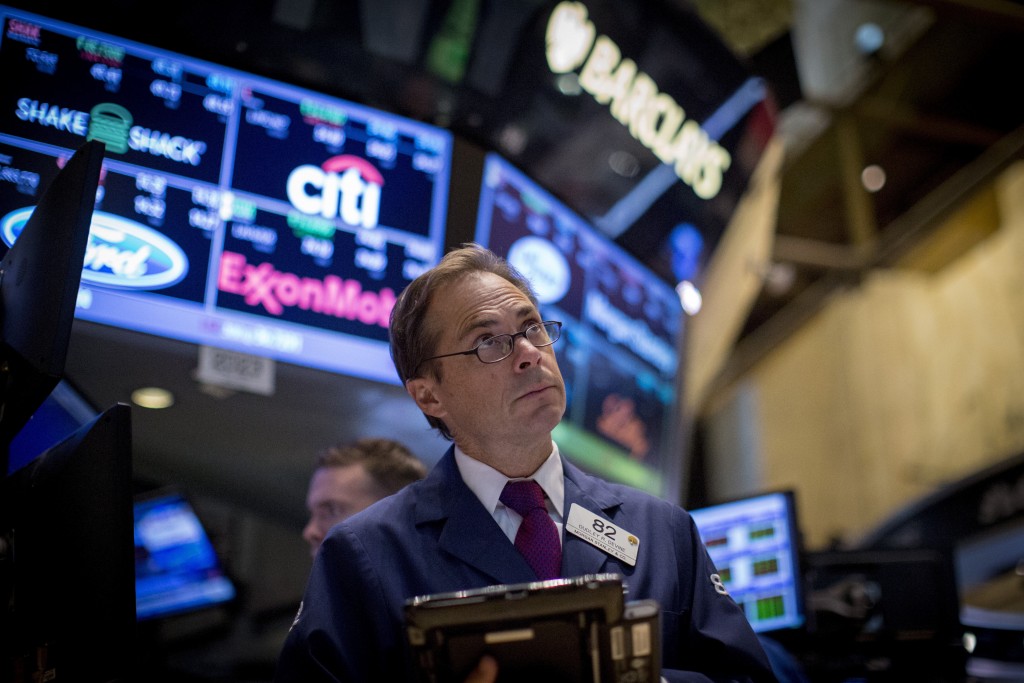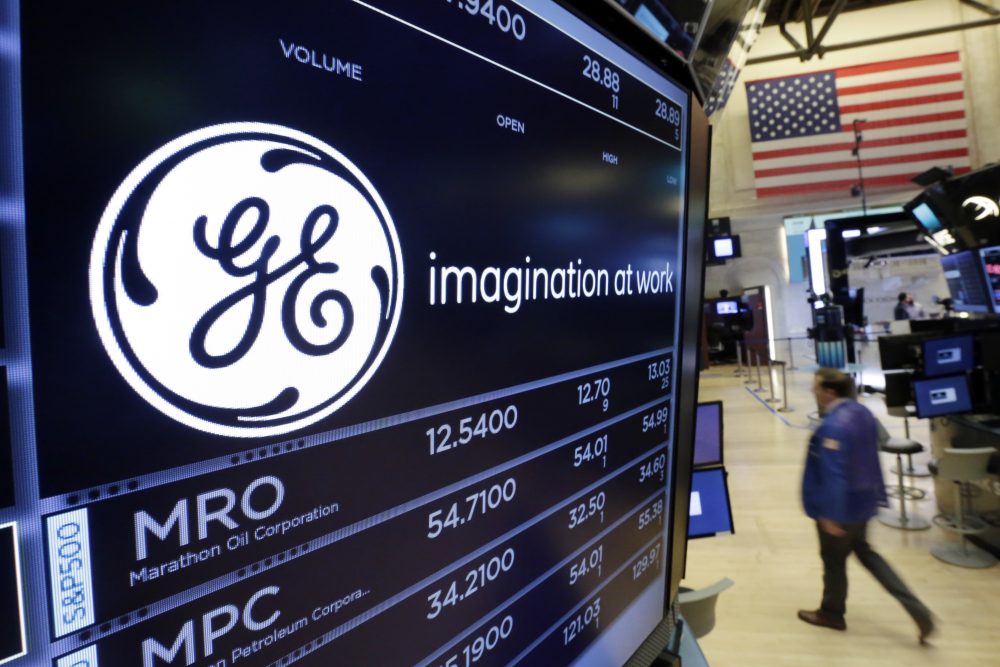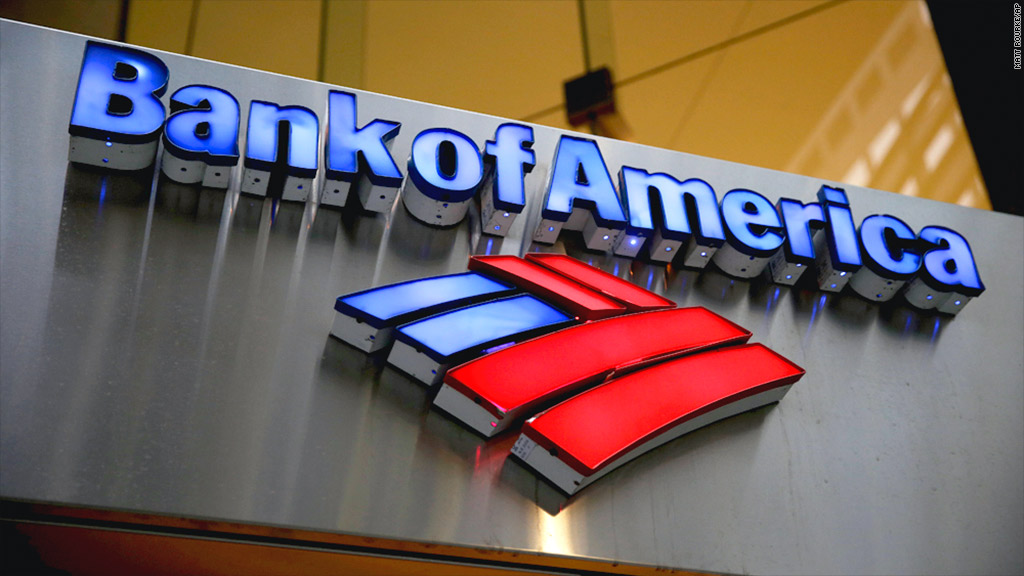Every investor has one goal in mine when they are investing in a company – and that is to earn income. Cash dividends may be distributed during some periods due to a company’s success. There are times that companies do not allocate their wealth through cash.
But it is not a clear indication that the company is already failing. Declaring a stock dividend or a stock split are the two corporate strategies that can be used in dealing with different situations.
What is a Stock Dividend?
Stock dividends are distributed by corporations to their shareholders as payment through additional shares. Shareholders receive stock dividends issued through an additional number of shares of the same kind held by them. The additional dividends come from up to 25 percent of the existing number of shares outstanding.
Therefore, the worth of the market value per share will remain unchanged. Instead of declaring cash dividends, corporations prefer issuing stock dividends as payment for plenty of reasons which will be discussed later on.
To exemplify the outcome of a stock dividend, let’s presume that a motorcycle manufacturing company obtains 300,000 shares outstanding. The corporation earned $600,000 at the end of the year. If we are going to compute for its earnings per share, you are going to get $2 per share.
The market value per share outstanding is $60. As a result, the price per earnings ratio or the multiple that measures the relativity of the company’s annual net income earned to the market value per share is 30.
Instead of issuing cash dividends, the board of directors decided to distribute 10% stock dividends to give back to its shareholders. The corporation will have 30,000 additional shares (300,000 shares outstanding x 10%).
Thus, a shareholder that owns 30 shares will obtain 2 additional shares. This will affect the earnings per share which decrease to $1.82 and the price per earnings ratio rises to $32.97. Consequently, the shareholder that possesses 30 shares still owns an unaffected total value of $1,800.
Stock Dividends are classified into two kinds:
- Small Stock Dividends: Stock dividends are deemed as small if it is below 20-25% of the total number of shares outstanding before the dividend declaration occurs.
- Large Stock Dividends: Stock dividends are considered large if it is above 20-25% of the total number of shares outstanding before the dividend declaration occurs.
What is a Stock Split?
A stock split occurs when more than 25% of the dividends are equally distributable to the shareholders.
Just like in stock dividends, dividends are transferred from retained earnings to the capital accounts and the shareholders will maintain the amount of their total market value. The commonly applied stock split is 2-for-1 and 3-for-1. It simply requires corporations to divide a share to 2 or 3 and it will still result in the same total dollar value.
For instance, a pharmaceutical company has 500,000 shares outstanding with $50 per share issued a 30% stock dividend. The board of directors planned to divide its stocks by 2-for-1. Subsequent to the stock split, the market value per share will be $25 and will increase its number of shares by 500,000. Therefore, a shareholder that has 2,000 shares outstanding will acquire additional 2,000 shares and retains the total value of shares.
Comparison
Companies declare a stock dividend or a stock split to aim for long-term objectives. As a result, the investors will acquire a number of shares higher than the number of shares that they had before the distribution of stock dividends or the occurrence of the stock split. As a company proclaims a stock dividend or a stock split, its investors are anticipating better financial performance because it can now sell its shares for a lower price.
Justifications for a Stock Dividend or a Stock Split
A company may declare a stock dividend due to its need to fuel its financial growth. These companies appropriated their cash and temporarily distributed stock dividends because they are planning to make new projects or intending to satisfy their debts. However, the declaration of stock dividends may also a sign that a company does not have enough cash. Therefore, it is incapable of issuing cash dividends.
A stock split occurs when companies believe that the market price per share is preventing the investors to capitalize on them. If the market price per share of a company is too high compared to the value of its competitors, potential investors may disregard the company.
Reverse Stock Split
If corporations have the capacity to split up the number of shares outstanding, they can also merge it to a smaller total number and appreciate the value per share.
However, the consolidation of total shares will not affect the total value of shares outstanding. This process is called as a reverse stock split or stock consolidation. If five or ten existing shares of a corporation are merged into one share, it will be named as a 1-for-5 or 1-for-10 reverse stock split. The opposite of this corporate procedure is the stock dividend.
To illustrate this, let’s assume that an e-commerce company obtains 300,000 shares outstanding which trades for $40 per share. The board of directors decided to combine 10 current shares into a new share or a 1-for-10 reverse stock split. As a result, the number of shares outstanding of the corporation will shrink to 30,000 but will raise its market value per share to $400.
The management suggests the reverse stock split which needs the approval of the shareholders. Even though the corporate value is not affected, this corporate procedure allows companies to deduct the number of shares outstanding due to several reasons.
Companies increase their value per share because of the rules of mutual funds and institutional investors about the minimum price of a stock. A company that is unsuccessful to be qualified for the acquisition of an important investor may impair its good name.
In addition, companies are merging their total shares to acquire a higher price per share for them to be listed on an exchange. A minimum trading price is one of the listing requirements that must be met by the companies in order for them not to be de-listed.








